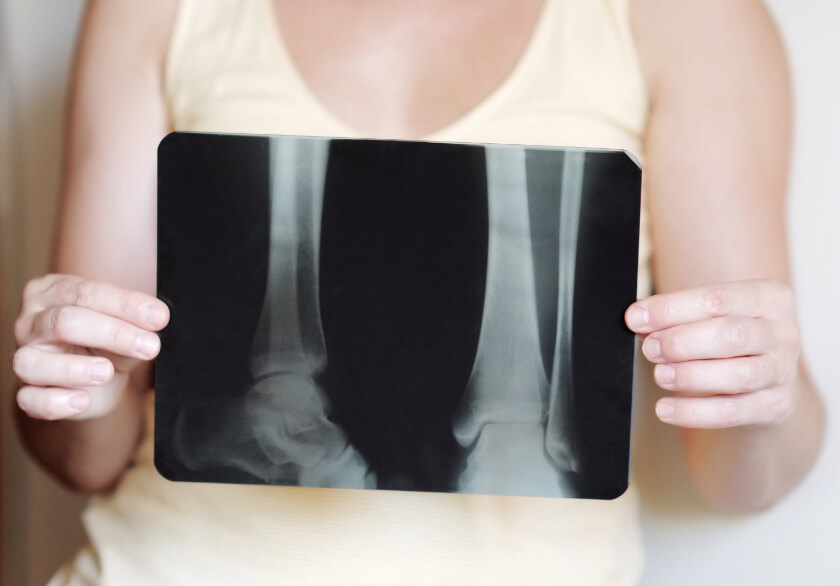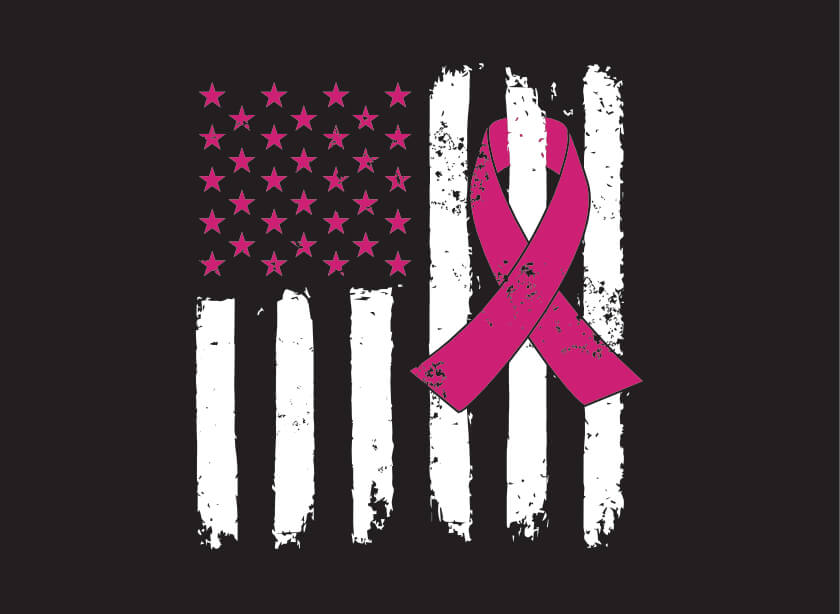
What Causes Bone Loss?

Bones are incredibly strong. In fact, ounce for ounce, bones are stronger than steel and some bones are about four times stronger than concrete. Bones are so strong for their weight because of the density of the material in bones and the way bones constantly rebuild themselves. Unfortunately, bones can lose some of the density that keeps them strong. In some cases, bone loss can lead to osteoporosis, a condition in which bones become weak, brittle, and more likely to break.
Your Changing Bones
Throughout your life, your body has been busy replacing old bone tissue with new bone tissue, in a process known as remodeling. In fact, your body remodels your entire skeleton about every 10 years, although the process takes longer as you get older.
Remodeling keeps your bones strong and fracture-resistant – as long as your body has a good balance of new and old bone. Bone loss occurs when your body breaks down and reabsorbs more bone tissue than it creates. Anything that causes your body to destroy too much old bone or prevents your body from making enough new bone can cause brittle, fragile bones that break easily, even without an obvious injury.
Your body uses calcium and phosphate to make bone tissue and to keep your bones healthy. As you age, your body may reabsorb the calcium and phosphate from your bones instead of leaving those minerals in place. Removing too much calcium and phosphate makes your bones weaker. Osteoporosis occurs when the process of calcium and phosphate removal reaches a certain stage and there are no longer enough minerals present to keep bones strong.
Osteoporosis is a silent disease in that it does not usually cause any symptoms. In fact, many people with osteoporosis fracture a bone before they even know they have bone loss. Unfortunately, by the time a fracture occurs, bone loss is already serious.
Causes of Bone Loss
Sometimes the bone loss occurs for no known reason. At other times, bone loss is the result of certain predictable factors. In many cases, bone loss and osteoporosis are the result of a combination of factors.
Aging
Bone loss is a normal part of aging. From the ages of about 25 to 50, our bodies produce new bone tissue at about the same rate as it reabsorbs old bone tissue. After the age of 50, though, the breakdown and resorption of old bone outpaces the formation of new bone.
Women over the age of 50 and men older than 70 have a higher risk for osteoporosis than do their younger counterparts. Changing hormone levels are to blame in both cases, with lower estrogen in women and lower testosterone in men are major causes of bone loss.
Heredity
Bone loss can run in families – having a parent of sibling with osteoporosis can put you at higher risk for the disease.
Race and gender
White older women are the most likely to experience bone loss.
Diet
Your body needs calcium to build and maintain strong bones, but you may not be getting all the nutrients you need through your diet. Your body may not make enough new bone if you do not eat enough high-calcium foods, such as dairy products and leafy green vegetables. Your body also needs vitamin D, like that found in fatty fish and fortified foods, to absorb bone-strengthening calcium from food.
Alcohol use
Too much alcohol decreases bone density and weakens the mechanical properties of your bones, which makes them more vulnerable to damage. Drinking in excess can also put you at risk for falling, which could result in a broken bone.
Smoking
Smoking reduces blood supply to the bones and decreases the body’s ability to absorb calcium. The nicotine in cigarette smoke slows the body’s production of osteoblasts, which are cells that create new bones and control the deposits of calcium and other minerals into bones. Men and women who smoke have weaker bones; women who smoke after menopause have an even greater chance of fractures.
Smokers are 35 percent more likely to suffer a hip fracture after menopause than are nonsmokers. Quitting helps – former smokers have a 15 percent higher risk of a broken hip than are people who have never smoked.
Lack of exercise
Your body responds to exercise by building stronger, denser bones. Weight-bearing and resistance exercises are best for building bone density.
Certain medical disorders or medications
Long-term medical conditions can keep you confined to a bed or chair, which prevents your bones from bearing the weight they need to stay strong. Bone loss may result from other medical conditions, such as:
- rheumatoid arthritis
- diabetes, especially type 1 diabetes
- chronic kidney disease
- overactive parathyroid gland
- organ transplant
Medications that can cause bone loss include:
- hormone-blocking treatments for breast cancer or prostate cancer
- certain drugs used to treat seizures or epilepsy
- glucocorticoid medicines
- any treatment or condition that prevents the absorption of calcium or vitamin d, such as gastric bypass surgery, cystic fibrosis, eating disorders, or certain digestive disorders
Your doctor can help you determine if you have bone loss or at high risk for bone fracture from osteoarthritis. Your healthcare provider can predict how fragile your bones are by ordering a bone mineral density densitometry, also known as bone density scanning or dual-energy x-ray absorptiometry (DEXA). In this test, your radiologist uses a special x-ray to assess the mineral density of your bone and determine your risk for fractures due to bone loss.





